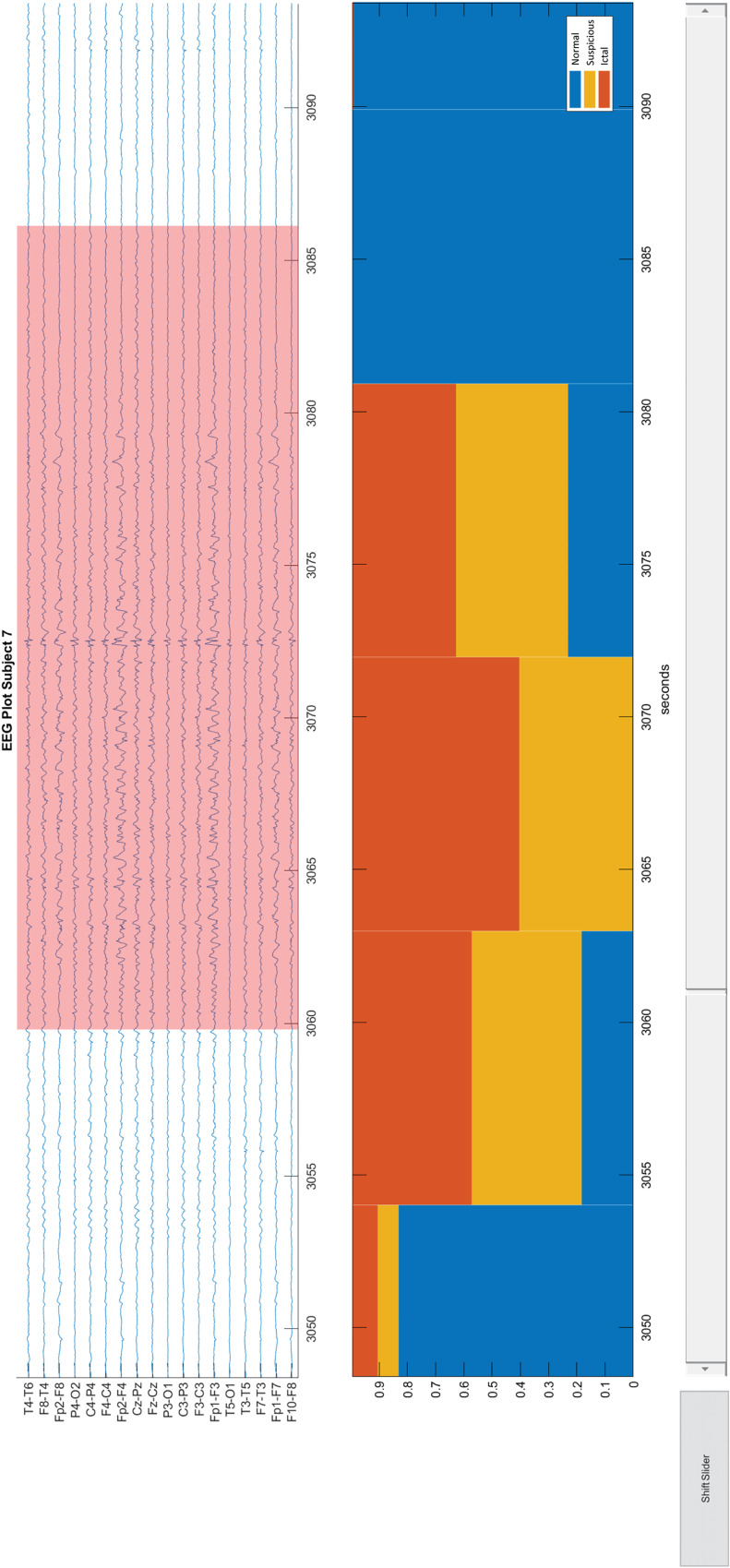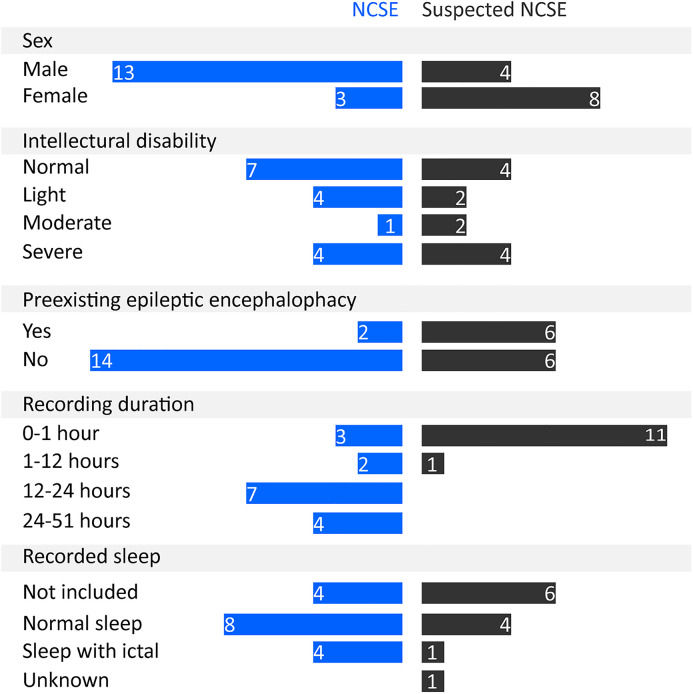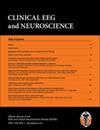Pitfalls in EEG Analysis in Patients With Nonconvulsive Status Epilepticus: A Preliminary Study.
IF 1.7
4区 医学
Q3 CLINICAL NEUROLOGY
引用次数: 1
Abstract
Objective: Electroencephalography (EEG) interpretations through visual (by human raters) and automated (by computer technology) analysis were still not reliable for the diagnosis of nonconvulsive status epilepticus (NCSE). This study aimed to identify typical pitfalls in the EEG analysis and make suggestions as to how those pitfalls might be avoided. Methods: We analyzed the EEG recordings of individuals who had clinically confirmed or suspected NCSE. Epileptiform EEG activity during seizures (ictal discharges) was visually analyzed by 2 independent raters. We investigated whether unreliable EEG visual interpretations quantified by low interrater agreement can be predicted by the characteristics of ictal discharges and individuals’ clinical data. In addition, the EEG recordings were automatically analyzed by in-house algorithms. To further explore the causes of unreliable EEG interpretations, 2 epileptologists analyzed EEG patterns most likely misinterpreted as ictal discharges based on the differences between the EEG interpretations through the visual and automated analysis. Results: Short ictal discharges with a gradual onset (developing over 3 s in length) were liable to be misinterpreted. An extra 2 min of ictal discharges contributed to an increase in the kappa statistics of >0.1. Other problems were the misinterpretation of abnormal background activity (slow-wave activities, other abnormal brain activity, and the ictal-like movement artifacts), continuous interictal discharges, and continuous short ictal discharges. Conclusion: A longer duration criterion for NCSE-EEGs than 10 s that is commonly used in NCSE working criteria is recommended. Using knowledge of historical EEGs, individualized algorithms, and context-dependent alarm thresholds may also avoid the pitfalls.



非惊厥性癫痫持续状态患者脑电图分析的缺陷:初步研究。
目的:脑电图(EEG)通过视觉(人工评分)和自动(计算机技术)分析对非惊厥性癫痫持续状态(NCSE)的诊断仍不可靠。本研究旨在识别脑电图分析中的典型缺陷,并就如何避免这些缺陷提出建议。方法:分析临床确诊或疑似NCSE患者的脑电图记录。癫痫样脑电图活动在癫痫发作(癫痫放电)由2个独立的评价者目视分析。我们研究了由低互译一致性量化的不可靠脑电图视觉解释是否可以通过初始放电特征和个人临床数据来预测。此外,脑电图记录由内部算法自动分析。为了进一步探讨脑电解释不可靠的原因,2名癫痫学家通过视觉分析和自动分析,根据脑电解释之间的差异,分析了最可能被误解为精神放电的脑电模式。结果:逐渐发作的短时间急症放电(持续时间超过3 s)容易被误解。额外2分钟的精神病发作导致kappa统计增加>0.1。其他问题还包括对异常背景活动(慢波活动、其他异常脑活动和类似峰时运动的伪影)、连续间歇放电和连续短峰时放电的误解。结论:推荐采用比NCSE工作标准10 s更长的NCSE- eeg持续时间标准。使用历史脑电图知识、个性化算法和与上下文相关的警报阈值也可以避免陷阱。
本文章由计算机程序翻译,如有差异,请以英文原文为准。
求助全文
约1分钟内获得全文
求助全文
来源期刊

Clinical EEG and Neuroscience
医学-临床神经学
CiteScore
5.20
自引率
5.00%
发文量
66
审稿时长
>12 weeks
期刊介绍:
Clinical EEG and Neuroscience conveys clinically relevant research and development in electroencephalography and neuroscience. Original articles on any aspect of clinical neurophysiology or related work in allied fields are invited for publication.
 求助内容:
求助内容: 应助结果提醒方式:
应助结果提醒方式:


